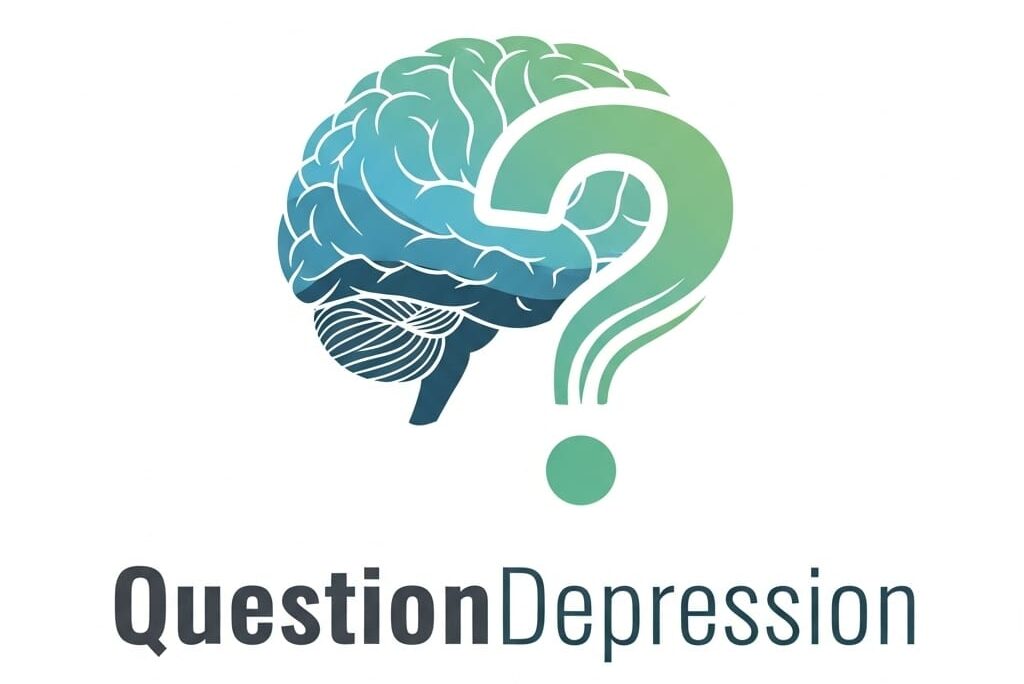It’s natural to wonder what the process will look like if you’re starting cognitive behavioral therapy (CBT).
Here’s a breakdown of what to expect from your first session to ongoing therapy.
- The first session: Assessment and goal setting

Your first session is mostly about getting to know you and understanding what you need help with.
Expect:
-
- A discussion about why you’re seeking therapy (depression, anxiety, stress, OCD, trauma).
-
- Questions about your thoughts, emotions, and behaviors to detect patterns.
-
- A review of your personal history, like past mental health treatment, family background, and major life events.
-
- Setting clear therapy goals, such as reducing anxiety, improving mood, and handling stress better.
-
- Learning about how CBT works and what to expect moving forward.
Be open and honest. Your therapist is there to help, not judge.
- Weekly or bi-weekly sessions (active therapy phase)
After the first session, therapy becomes more structured.
A typical CBT session lasts 45–60 minutes and includes:
-
- Identifying negative thought patterns
Your therapist will help you:
-
-
- Recognize automatic antagonistic beliefs that contribute to your distress.
-
-
-
- Understand cognitive distortions (catastrophizing, all-or-nothing thinking, overgeneralization).
-
Example:
-
-
- Thought: “I always mess things up, so I’ll never succeed.”
-
-
-
- Reframed: “I made a mistake, but that doesn’t mean I always fail.”
-
-
- Learning and practicing CBT techniques

CBT is hands-on, so expect to learn practical skills such as:
- Learning and practicing CBT techniques
-
-
- Cognitive restructuring
-
Confronting and replacing negative views.
-
-
- Behavioral activation
-
Engaging in enjoyable or productive activities to improve mood.
-
-
- Exposure therapy (for phobias, OCD, PTSD)
-
Gradually facing fears in a controlled way.
-
-
- Relaxation and mindfulness
-
Breathing exercises, meditation, and grounding techniques.
-
-
- Problem-solving and coping strategies
-
Developing tools for handling stress, conflict, and uncertainty.
Example:
-
-
- CBT may involve role-playing conversations or practicing real-life interactions if you struggle with social anxiety.
-
-
- Homework between sessions

CBT requires active participation, so your therapist will likely assign homework such as:
- Homework between sessions
-
-
- Keeping a thought journal to track destructive judgments and reframe them.
-
-
-
- Practicing exposure exercises (gradually facing a feared situation).
-
-
-
- Trying relaxation or mindfulness techniques.
-
-
-
- Implementing new coping strategies in daily life.
-
Homework makes the therapy more efficient by helping you apply CBT techniques in real situations.
- Measuring progress and adjusting therapy
Every few sessions, your therapist will:
-
- Review your progress toward therapy goals.
-
- Adjust techniques or goals as needed.
-
- Spot any barriers or difficulties in applying CBT skills.
-
- Decide if additional support, such as medication or group therapy, is needed.
Your therapist may modify the approach to better suit your needs if you’re not making progress.
- Ending therapy and maintaining progress

CBT is typically short-term (6-20 sessions), but the goal is to help you become your own therapist.
Expect to be able to do the following toward the end of therapy:
-
- Review progress and skills learned.
-
-
- Develop a relapse prevention plan (what to do if symptoms return).
-
-
-
- Learn how to maintain CBT techniques on your own.
-
-
-
- Discuss whether occasional booster sessions or ongoing therapy might be beneficial.
-
CBT is most effective when you actively participate, practice skills outside of sessions, and remain open to change.
Join our forum and Facebook
Please consider joining our forum and Facebook if you enjoyed reading this and would like to chat with like-minded peers about anything depression related.
It would certainly go a long way toward making my dream of creating a thriving, supportive community a reality!

